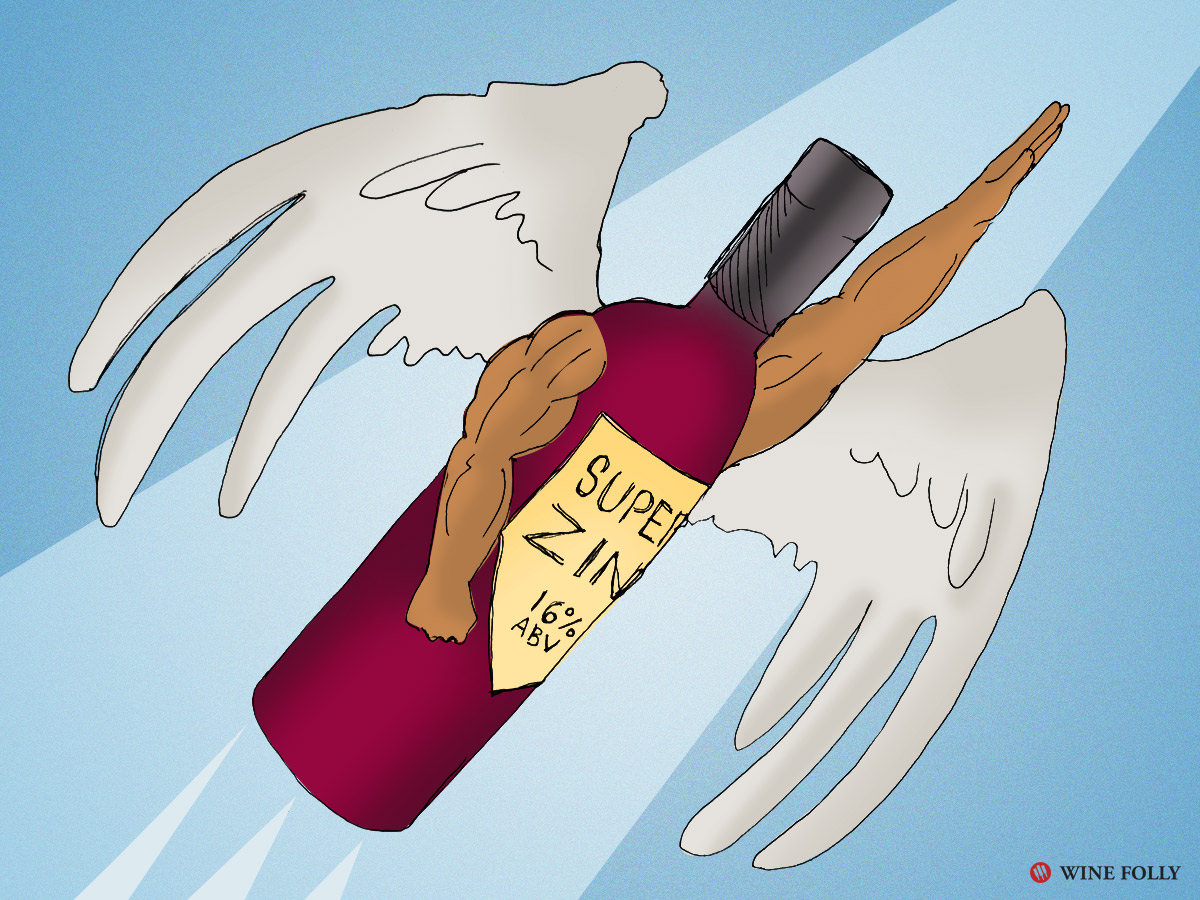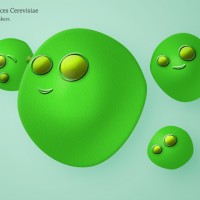Ever Wonder why you find yourself swaying after just one glass of wine? Turns out, wine is stronger than it used to be. And while science is to blame for making high alcohol wines possible, there’s more to this story than meets the eye.
Why Wine is Stronger Than It Used to Be

Zinfandel is one of the few wine grapes that can produce wines with 16%+ ABV naturally… without batting an eye.
Science
Science has created a yeast that can survive in higher alcohol wine.
Yeast gobble up grape sugars and poop out alcohol so they’re a pretty important part of the winemaking process. Previously, when alcohol levels got up to about 13% ABV, these yeasts, called Sacchromyces Cerevisae, wouldn’t survive and thus, would stop making alcohol. What was bad about this situation is often times entire wine batches would go to waste during one of these ‘stuck fermentations’.
Yeast researchers around the world in places like Stellenbosch University in South Africa and UC Davis in California have created several new yeast strains that are not only resilient to living in higher alcohol environments but also increase flavor extraction. Although it feels like people have been talking about high alcohol wines forever, these new wine yeasts have only been on the market for about 10 years.
Wine Ratings
Words like lush, ripe, fruit forward, rich, opulent, full-bodied, and expansive are some of the adjectives used frequently to describe some of the top rated wine releases.
Red wines with high ratings consistently have 14%+ ABV.
The reason higher alcohol wines are more popular is that alcohol makes wines more full-bodied, have bolder aromas, and offer additional complexity due to the way alcohol affects our palates. While trends may change this style over time, at the moment, a bold and full-bodied wine is en-vogue.
We Love Dry Wines
Dry wines typically have higher alcohol.

Remember those yeasts we talked about gobbling up grape sugar? Well, you can stop them from fermenting a wine by super chilling it and you’ll be left with a wine that’s lower alcohol and also sweeter. We can taste this sweetness in wine starting at about a half sugar cube worth per glass.
However, sweet wines are unpopular and even leaving in a touch of sugar to increase body is considered ‘cheating’ by many winemaker’s standards. Thus, alcohol levels continue to creep up.
Is this Bad or Good?
It’s completely up to you to decide whether or not high alcohol wines are okay. There’s nothing technically wrong with how they’re made.
HISTORY REPEATS ITSELF: If you look at the history of wine over time, everything from the popular grape variety, style, region and alcohol level all fluctuate with trends. From the 18th to the 19th century, Port and other fortified wines such as Madeira, Sherry and Marsala were all the rage. Fortified wines are much higher in alcohol at 20% ABV than your average dry red. Other trends that have gone by the wayside include:
- The original favorite red Bordeaux was more like a rosé wine.
- When Barolo first became popular in the 1800s it was sweet red wine.
CONCLUSION: Now that we have the technical ability to make high quality examples of every type of wine, perhaps we don’t have to follow trends anymore but simply choose the right wine for the occasion, even if it’s just breakfast.
